All about mountain pine planting and aftercare
Mountain pine (Mugo pine) is an evergreen shrub or tree often used in the works of landscapers due to its unpretentiousness and ability to grow on various types of soil. Mountain pine can be planted in rocky, sandy, saline and calcareous soils, it resists snowfalls, atmospheric pollution, low temperatures and adapts well to living conditions in the city.
Mountain pine species
There are three subspecies of this plant:
- wood;
- bush;
- elfin, or creeping form.
In landscape design, two forms of mountain pine are most often used: shrub (Mugus) and elfin (Pumilio). Their varieties are quite diverse, and care is very simple.
- Mugus Is a hemispherical shrub that spreads shoots widely. His needles are short, slightly twisted, dark green in color. At the age of thirty, its diameter is about 3 m. It grows slowly, no more than 10 cm per year. It can grow even on sandy soils, if the site is well lit by the sun. Both a group and a single planting of mountain pine look good. It is very compact and suitable for small compositions.
- Pumilio - dwarf bush form. The needles are tough and dense. At the age of thirty, the plant can reach two meters in height and three in width. It is often used to decorate heather gardens and rock gardens. Young buds are purple or purple in color. Both a single fit and a composition look good.
- Another popular and very miniature variety of mountain pine is Pug, which grows by only 2-3 cm in a year.His crown is very dense, needles up to 3 cm long.The plant has found its use for decorating alpine slides and creating hedges, single landing is possible. Great for growing bonsai, since the crown is well formed with a haircut. This is best done in the spring, shortening the young growth. There are also exotic varieties, the color of the needles of which changes to golden: Golden Glow, Carstens Wintergold, Cockard.
Planting and leaving
Mountain pine care is quite simple and consists in watering and pruning... If you plan to plant a mountain pine on the site, you must first select a place and prepare the soil. The area should be well lit, especially for the varieties Pug, Mugus and Pumilio, but a little shading is acceptable.
Advice
The plant should be planted in early spring, preferably in April or autumn, in September, while the ground is warm. A good drainage layer should be placed at the bottom of the planting pit.
The pit into which the planting is carried out should be slightly larger than an earthen lump. A mixture of turf and clay or sand in a 2: 1 ratio is best suited as a soil for planting. There should be a layer of planting mixture about 10 cm thick around the plant.
Within a month, the plant takes root, during this period the tree needs careful care: abundant watering and shading from direct sunlight is required. It is necessary to water according to the diameter of the planting pit about 2 times a week. The mountain pine of the Pumilio variety takes root rather poorly; the area where the planting was carried out must be regularly loosened and mulched. Mature conifers are drought tolerant and no longer need regular watering, but young ones need to be hydrated not only in summer, but also in autumn. Care also consists in feeding with a universal fertilizer for cedars.
To form a beautiful crown, you can pinch or trim the shoots annually.Young branches do not break from snow, but the crown of adult shrubs must be tied. Autumn care consists of building a shelter. For the winter, it is better to make a shelter from spruce branches or burlap. This will serve as additional protection from wind, frost, retain moisture and protect from too bright winter sun.
Advice
After the snow melts, the mountain pine frees itself from its shelter and is poured with warm water, which helps to wake up from hibernation.
Pine diseases and pests
Conifers are considered to be quite resistant to diseases and pests, but sometimes the planting material itself is affected by diseases. Birds, weather conditions, human actions, or improper care can cause discomfort. When a tree is in a weakened state after wintering or too wet a summer, it can be affected by a fungal disease - shyute. In this case, the needles acquire a brown color with black dots, drying of branches and a cobweb bloom can be observed. This can be caused by a lack of moisture and nutrition. The thickening of the plantings also affects - the plants should not be crowded. Schütte can cause the needles to fall off; as a result, the mountain pine loses its decorative effect.
To stop the spread of infection, you need to immediately treat the tree with preparations containing copper. Caring for a diseased plant includes removing damaged branches and needles, which must be burned so that the disease does not spread to other conifers. If the summer is warm and humid, for prevention, you can spray the shrubs with colloidal sulfur or rogor.
Another common disease is scleroderriosis, when the apical buds die off, and then the entire branch. To stop the spread of the disease, the affected branch must be removed by sanitary pruning.
Seryanka, in which an orange bloom appears at the ends of the needles, appears due to a rust fungus. To combat it, complete removal of infected plants is required.
Of the pests, dwarf mountain pine is most often affected by aphids and some species of butterflies. To combat them, use special chemical or biological products, such as "Lepidocide". It is important to remember that if plants are properly cared for, they will better resist diseases and pests.
Reproduction of pine
Mountain pine can be propagated by seed or grafting. Cuttings usually do not take root. From the age of six, mountain pine begins to bear fruit. Small cones - up to 5 cm - appear at the end of autumn, once every 2 years. When propagated by seeds, they are sown in spring, but it is worth remembering that varietal characteristics are not preserved. Pine seeds ripen only 2 years after pollination, therefore this method is used only for natural species. Such plants begin to bear fruit no earlier than 6 years after planting.
Output
So, planting a mountain pine and caring for it is not difficult. This plant is able to fit into any garden, decorate an alpine slide or strengthen a slope near a reservoir with its roots. The most popular types: Mugus, Pumilio, Pug. Able to grow in almost any soil, but prefers a mixture of turf and clay.
This plant requires special attention in the first year of life, since some varieties do not take root well. But mature shrubs require little or no maintenance. Diseases and pests rarely infect conifers; fungal diseases can become the main problem, for the prevention of which drainage is done in the planting pit. Propagated by seeds and grafting. Cuttings practically do not take root.
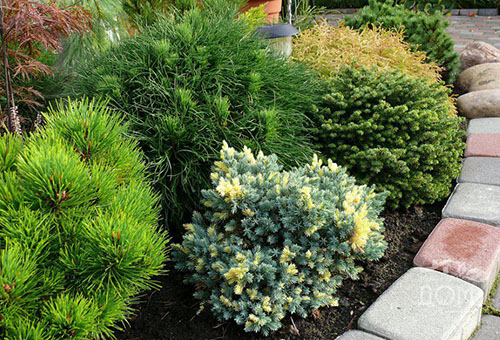

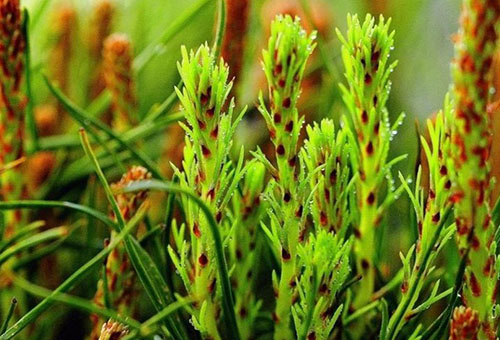
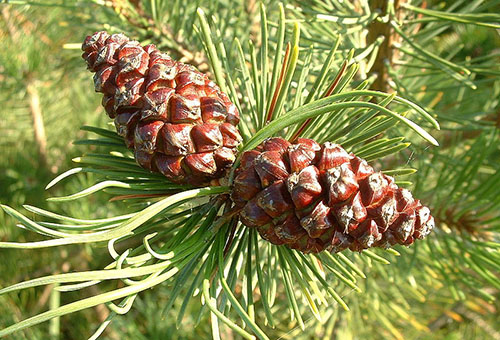

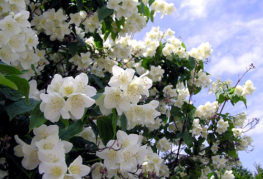
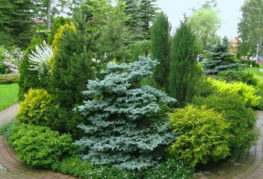

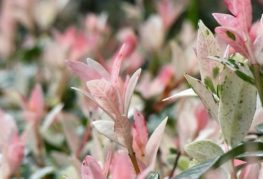
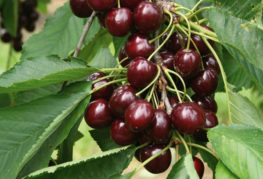
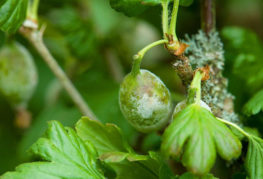
and will be published shortly.